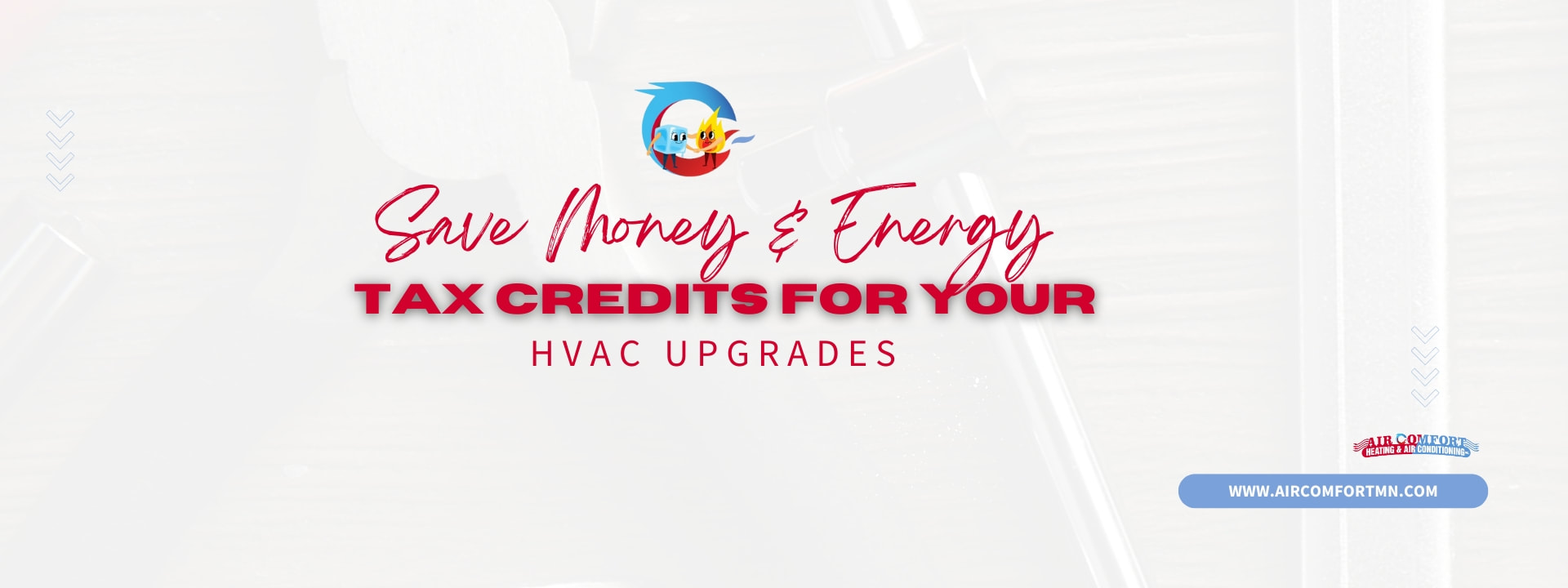|
Upgrading your HVAC system to a more energy-efficient model is not just good for the environment—it can also be beneficial for your wallet. Thanks to various tax credits and rebates offered by the federal government, state agencies, and local utility companies, making the switch to an energy-efficient HVAC system has never been more appealing. Here’s what you need to know about these financial incentives and how they can help you save money while boosting your home's energy efficiency.
Understanding Energy-Efficient HVAC Systems Energy-efficient HVAC systems are designed to use less energy than standard models. This not only helps reduce your home’s carbon footprint but also decreases your monthly energy bills. Systems are often rated by their Seasonal Energy Efficiency Ratio (SEER), Energy Efficiency Ratio (EER), or Annual Fuel Utilization Efficiency (AFUE) scores, with higher ratings indicating better efficiency. Federal Tax Credits for HVAC Upgrades The federal government offers tax credits for certain energy-efficient HVAC installations to encourage homeowners to upgrade their systems. For example, installing ENERGY STAR certified equipment can qualify you for these credits. The amount and availability of these credits can vary, often depending on the specific type of system installed and the year it was installed. Typically, these credits can cover a portion of the cost, including installation, making it a significant saving. State and Local Rebates Beyond federal incentives, many states and local governments offer additional rebates for energy-efficient home improvements. In Minnesota, for instance, homeowners can access various programs that provide financial incentives for upgrading to more efficient HVAC systems. These programs often vary by locality and utility company, so it’s important to check what specific incentives are available in your area. Utility Company Rebates Many utility companies also offer rebates for energy-efficient upgrades as part of their commitment to reducing overall energy consumption. These rebates can be substantial, depending on the type of system installed. Contacting your local utility company or visiting their website is the best way to find out what rebates they offer. How to Qualify for Rebates and Tax Credits To qualify for these incentives, homeowners typically need to:
Long-Term Benefits of Energy-Efficient Upgrades While the immediate financial savings from tax credits and rebates are appealing, the long-term benefits of installing an energy-efficient HVAC system extend far beyond initial cost reductions. These systems often require less maintenance and have longer lifespans than their less efficient counterparts. Additionally, the reduction in monthly utility bills can add up to significant savings over the life of the system. With the availability of federal tax credits, state and local rebates, and utility company incentives, upgrading to an energy-efficient HVAC system is more accessible than ever. These financial incentives not only help offset the initial investment cost but also promote a move towards more sustainable energy use in homes across the country. Are you ready to upgrade your HVAC system and take advantage of these savings? Contact Air Comfort today
0 Comments
Leave a Reply. |
AuthorVarious. Archives
July 2024
Categories
All
|
CALL NOW: 763-753-6623
Privacy Policy l Cookie Policy l Conditions of Use l Notice and Take Down Policy l Website Accessibility Policy
© 2024 The content on this website is owned by us and our licensors. Do not copy any content (including images) without our consent.
Website managed by Go Savvy Social
Privacy Policy l Cookie Policy l Conditions of Use l Notice and Take Down Policy l Website Accessibility Policy
© 2024 The content on this website is owned by us and our licensors. Do not copy any content (including images) without our consent.
Website managed by Go Savvy Social


 RSS Feed
RSS Feed